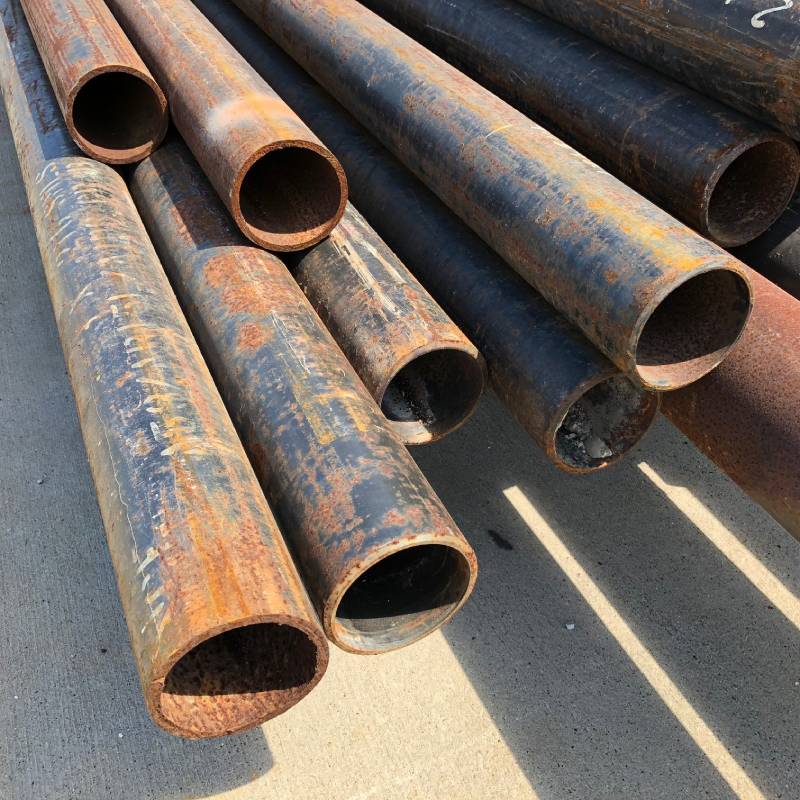-
Cangzhou Yulong Steel Co., Ltd.
-
Phone:
+86 13303177267 -
Email:
admin@ylsteelfittings.com
- English
- Arabic
- Italian
- Spanish
- Portuguese
- German
- kazakh
- Persian
- Greek
- French
- Russian
- Polish
- Thai
- Indonesian
- Vietnamese
- Zulu
- Korean
- Uzbek
- Hindi
- Serbian
- Malay
- Ukrainian
- Gujarati
- Haitian Creole
- hausa
- hawaiian
- Hebrew
- Miao
- Hungarian
- Icelandic
- igbo
- irish
- Japanese
- Javanese
- Kannada
- Khmer
- Rwandese
- Afrikaans
- Albanian
- Amharic
- Armenian
- Azerbaijani
- Basque
- Belarusian
- Bengali
- Bosnian
- Bulgarian
- Catalan
- Cebuano
- China
- China (Taiwan)
- Corsican
- Croatian
- Czech
- Danish
- Esperanto
- Estonian
- Finnish
- Frisian
- Galician
- Georgian
- Kurdish
- Kyrgyz
- Lao
- Latin
- Latvian
- Lithuanian
- Luxembourgish
- Macedonian
- Malgashi
- Malayalam
- Maltese
- Maori
- Marathi
- Mongolian
- Myanmar
- Nepali
- Norwegian
- Norwegian
- Occitan
- Pashto
- Dutch
- Punjabi
- Romanian
- Samoan
- Scottish Gaelic
- Sesotho
- Shona
- Sindhi
- Sinhala
- Slovak
- Slovenian
- Somali
- Sundanese
- Swahili
- Swedish
- Tagalog
- Tajik
- Tamil
- Tatar
- Telugu
- Turkish
- Turkmen
- Urdu
- Uighur
- Welsh
- Bantu
- Yiddish
- Yoruba

Aug . 29, 2024 07:37 Back to list
Welded Steel Pipe - High Quality & Durable Solutions
Welded Steel Pipe An Overview
Welded steel pipes are a crucial component in various industries, playing a vital role in infrastructure, energy, and manufacturing. These pipes are formed by rolling steel sheets and welding the edges together, creating a tubular structure that is both strong and versatile. This article will discuss the characteristics, manufacturing processes, applications, and advantages of welded steel pipes.
Manufacturing Process
The production of welded steel pipes typically involves several steps. First, steel plates or strips are processed to achieve the desired dimensions and thickness. Next, these plates are heated and formed into a cylindrical shape. The edges of the steel are then welded together using various techniques, such as electric resistance welding (ERW) or submerged arc welding (SAW), depending on the specifications required. After welding, the pipes undergo several quality checks, including hydrostatic tests, to ensure they meet the established standards for strength and integrity.
Characteristics
Welded steel pipes exhibit several attributes that make them suitable for a broad range of applications
. They are usually lighter than their seamless counterparts, making them easier to handle and transport. The manufacturing process allows for the production of pipes with varying sizes and wall thicknesses, catering to different industrial needs. Additionally, welded steel pipes can be coated or treated to enhance corrosion resistance, extending their service life significantly.welded steel pipe

Applications
The versatility of welded steel pipes makes them invaluable across various sectors. In the construction industry, they are widely used for structural purposes, including scaffolding, columns, and beams. In the oil and gas sector, welded pipes transport hydrocarbons over long distances, often under high pressure. Furthermore, they play a vital role in water supply systems, irrigation projects, and industrial processes, where they ensure efficient fluid transport.
Advantages
One of the main advantages of welded steel pipes is their cost-effectiveness. Since they are easier and less expensive to manufacture than seamless pipes, they present a more affordable solution for many applications. Furthermore, the consistency of the weld across the length of the pipe means that welded pipes can often be produced in longer lengths, reducing the number of joints and potential leak points in a system.
In conclusion, welded steel pipes are essential in various industries due to their strength, flexibility, and cost-effectiveness. As technology continues to advance, the manufacturing processes and applications of these pipes are likely to evolve, further solidifying their place in modern infrastructure. Understanding their characteristics and benefits can help industries make informed decisions when selecting the appropriate piping solutions for their projects.
Latest news
-
ANSI 150P SS304 SO FLANGE
NewsFeb.14,2025
-
ASTM A333GR6 STEEL PIPE
NewsJan.20,2025
-
ANSI B16.5 WELDING NECK FLANGE
NewsJan.15,2026
-
ANSI B16.5 SLIP-ON FLANGE
NewsApr.19,2024
-
SABS 1123 FLANGE
NewsJan.15,2025
-
DIN86044 PLATE FLANGE
NewsApr.19,2024
-
DIN2527 BLIND FLANGE
NewsApr.12,2024
-
JIS B2311 Butt-Welding Fittings LR/SR 45°/90° /180°Seamless/Weld
NewsApr.23,2024











